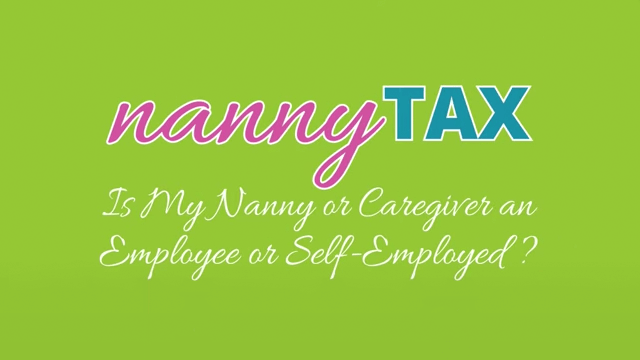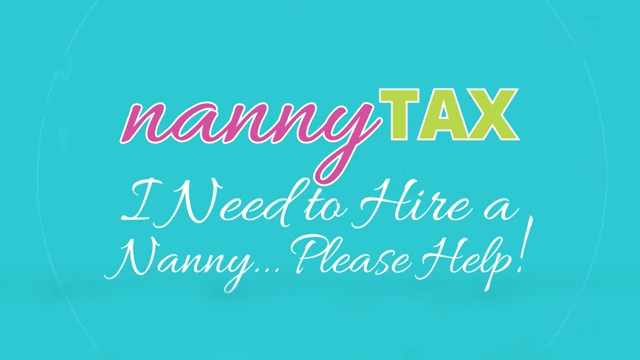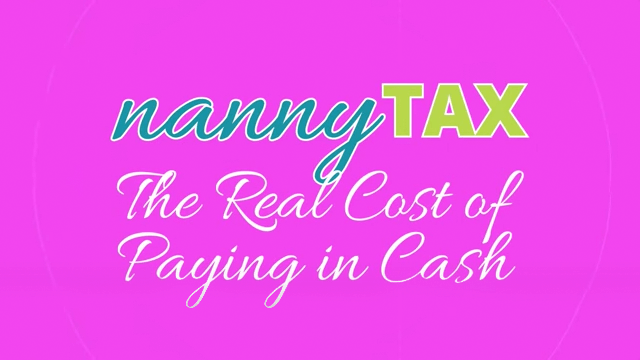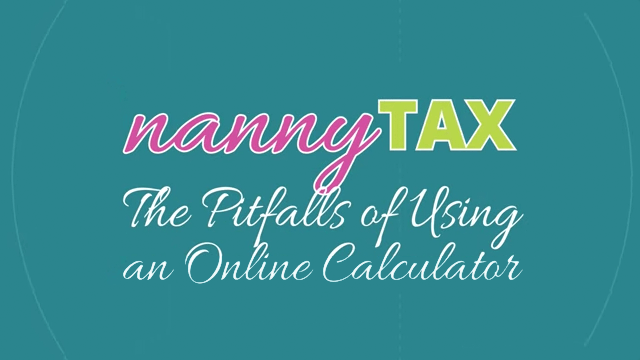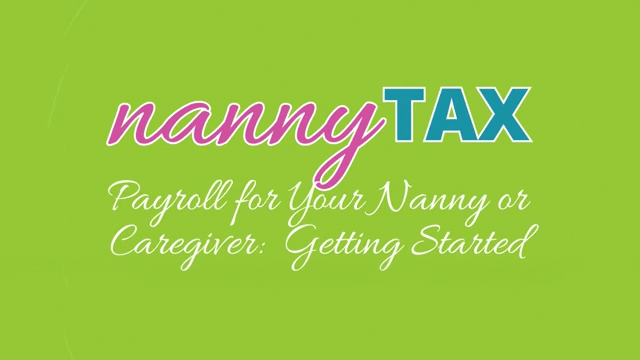
COVID-19, Temporary Lay-offs, Government Benefits, and your Nanny – FAQs
How many times have you heard the phrase “living in the new normal”? It is a phrase we can universally relate to. This tough situation has forced all of us to adjust to new routines – from homeschooling to having to stand outside a loved one’s window holding a ‘we miss you and stay strong’ sign and lose out on sitting face to face and sharing a good laugh.
Families with kids or elderly parents are all adjusting to their new routines, their “new normal.” Some families have had to face the difficult situation of temporarily laying off their nanny/caregiver. It makes sense – the need to social distance/reduce infection is critical to reduce the spread of the virus. And as the economy takes a hit – a majority of Canadians are feeling the financial impact.
Many employers are asking questions about whether government financial support is available so they can keep employing, what to do when temporarily laying off an employee, and what advice they can give to their employees about government benefit applications. We will try to answer a few of those questions here.
What steps do I take when laying off my employee?
A Record of Employment (ROE) is required to be submitted to Service Canada by the employer when there is an interruption in earnings of the employee:
If you need to temporarily lay off your Nanny, this document should be submitted to Service Canada. It allows the employee to apply for Employment Insurance (EI) benefits. Even though the ROE is not needed for the Canada Emergency Response Benefit (CERB) application, employers are encouraged to provide a Record of Employment in the event that any employee should subsequently apply for Employment Insurance benefits.
Remember – the CERB is not taxed at source. This means that the recipient should set aside a portion of the benefit (the amount will depend on the recipient’s total annual income in the calendar year). Nobody likes tax time surprises! While many employers don’t want to get involved in their employee’s financial affairs, it can be pointed out in conversation that anyone receiving the CERB should set money aside for tax purposes.
How long does the CERB last?
The benefit is being paid for a maximum of 16 weeks. The 16 weeks can fall anywhere in the eligibility period from March 15, 2020 to October 3, 2020. Note that the 16 weeks do not need to be taken consecutively. You can receive the benefit for 4 weeks, find temporary employment, and then reapply for the CERB when that employment ends. If you already had 4 weeks of benefits, you would have 12 weeks remaining – the 16 weeks does not start over.
Where can I tell my employee to apply for the CERB?
You can send them this blog and tell them to follow the link here!:
https://www.canada.ca/en/services/benefits/ei/cerb-application.html
However, if access to the internet is not available, applying for the CERB by phone is an option by calling the toll free number 1-833-966-2099.
Should my employee also apply for EI benefits?
Only one benefit at a time! If you are already receiving EI benefits, do not apply for the CERB and vice versa. The Canada.ca website gives the following information:
“If you have stopped working because of COVID-19, you should apply for the Canada Emergency Response Benefit.
A single portal is available to assist you with the application process. You will be asked to answer a few simple questions which will help direct you to complete the application best suited to your situation.
For anyone who became eligible for EI regular or sickness benefits on March 15, 2020 or later, your Employment Insurance claim will be automatically processed through the Canada Emergency Response Benefit.
For other Employment Insurance benefits, including maternity, parental, caregiving, fishing and work-sharing, you should continue to apply as you normally would.”
What wage subsidy is available to household employers?
Unfortunately, the 75% CEWS does not apply to household employers since they are not a revenue generating business. However, they would be potentially eligible for the temporary 10% wage subsidy program. The 10% subsidy is available on remuneration paid from March 18, 2020 to June 19, 2020 for up to $1375 per eligible employee. There is no application process for this subsidy – you simply need to calculate it. And if you are a NannyTax client – we do this for you!
What happens next?
At NannyTax, we are keeping our eyes and ears open for any new developments to the benefit of our clients. Until a vaccine for Covid-19 is discovered and mass-produced, and beyond, we will continue to be there. Will the world be different after this is over? Definitely. How? Let’s make the “new normal” something better than ever!
Have more questions? Give us a call at 1-877-626-6982 or email us at taxquestions@nannytax.ca
Image courtesy of Pixabay on Pexels.com






